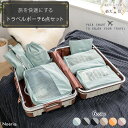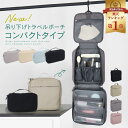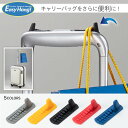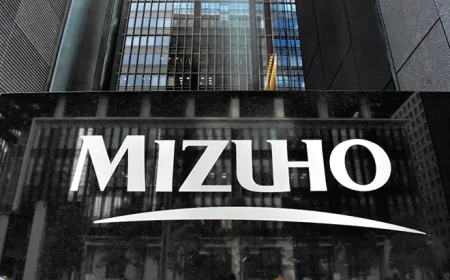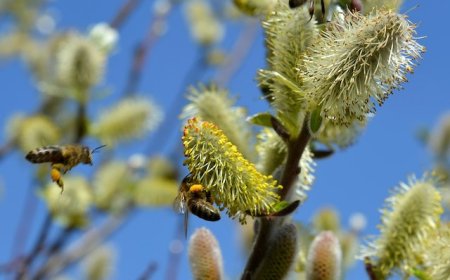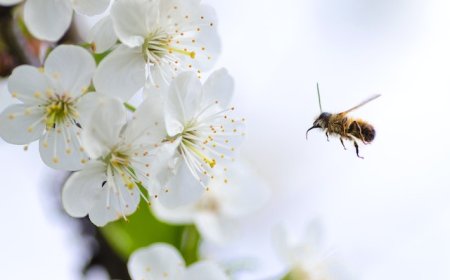Why is autumn in Japan often associated with nasal congestion, and how to prevent it?

Autumn in Japan is often accompanied by nasal congestion or unusual nasal allergies, known as "kafunsho" in Japanese. The primary reason for this condition is the pollen from various trees that tends to become airborne during the autumn season, affecting many individuals in Japan.
Here are some reasons and preventive measures for nasal congestion during autumn in Japan:
1. Tree Pollen: Autumn is the time when many tree species, such as cedar, oak, and maple, release pollen. This pollen can trigger nasal and throat irritation in individuals with allergies.
2. Dry Weather: Autumn typically brings dry and windy weather conditions, making it easier for pollen to be carried through the air and into the eyes, nose, and throat.
3. Allergy History: People with a history of nasal allergies, skin allergies, or other allergic conditions are more susceptible to severe symptoms during the autumn season.
Preventive measures for nasal congestion during autumn in Japan include:
1. Use of Face Masks: To protect the nose and throat from pollen, people often wear face masks when going outside during the autumn season.
2. Allergy Medication: If you have a history of nasal allergies, it's advisable to consult a doctor and use allergy medication as prescribed.
3. Air Purifiers: Air purifiers can help remove pollen and dust particles from indoor air, creating a cleaner environment.
4. Avoid Peak Pollen Times: Try to avoid outdoor activities during peak pollen times, which are usually in the early morning and evening.
5. Maintain Cleanliness: Regularly clean your living spaces and wash bedding and curtains to eliminate accumulated pollen.
Remember that if you experience severe symptoms or if your condition doesn't improve with preventive measures, it's essential to consult a healthcare professional for proper guidance and treatment.
-------------------
Injavi.com - Visit Japan | Visit in Japan
Guide to living, studying and working in Japan
Related Products
